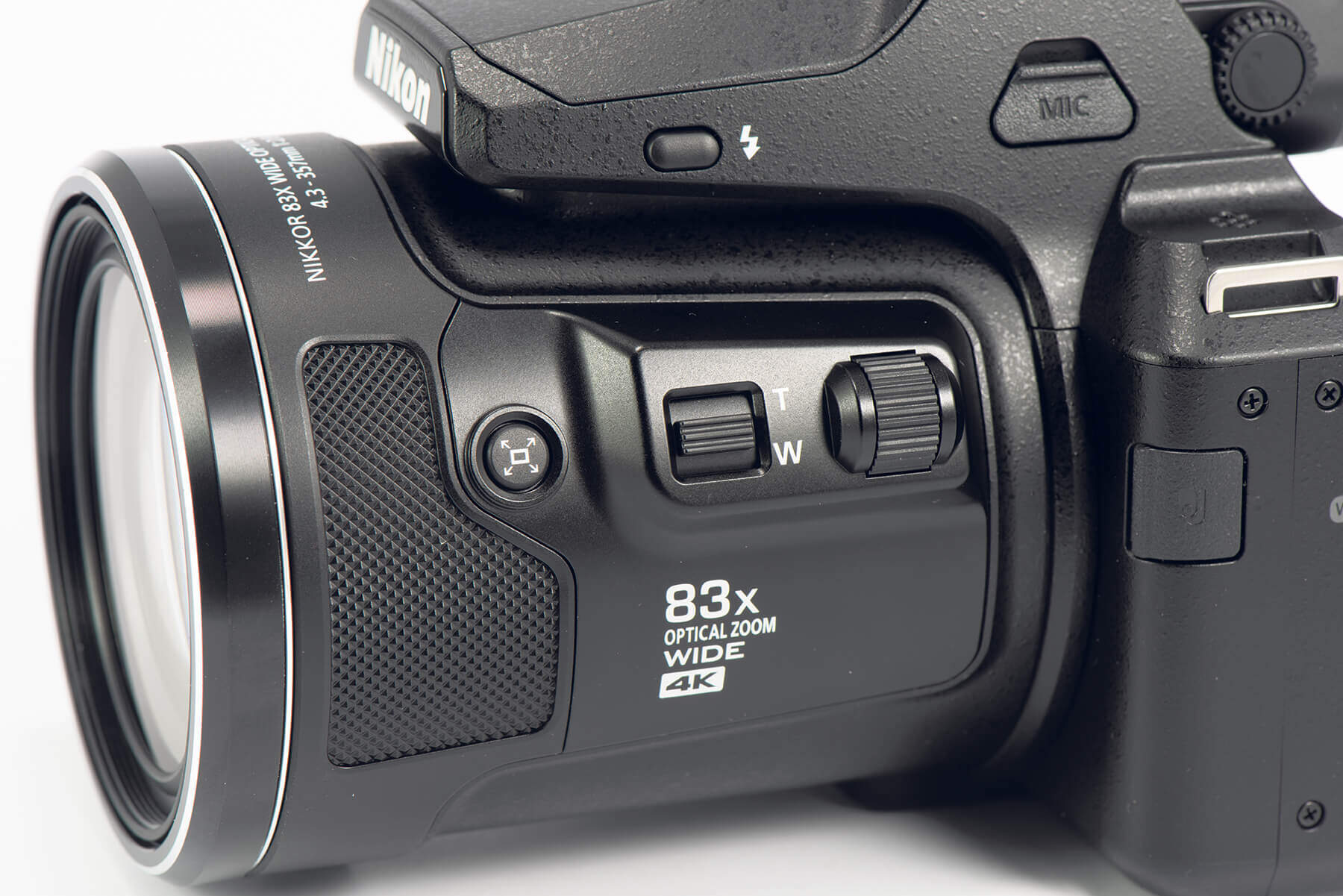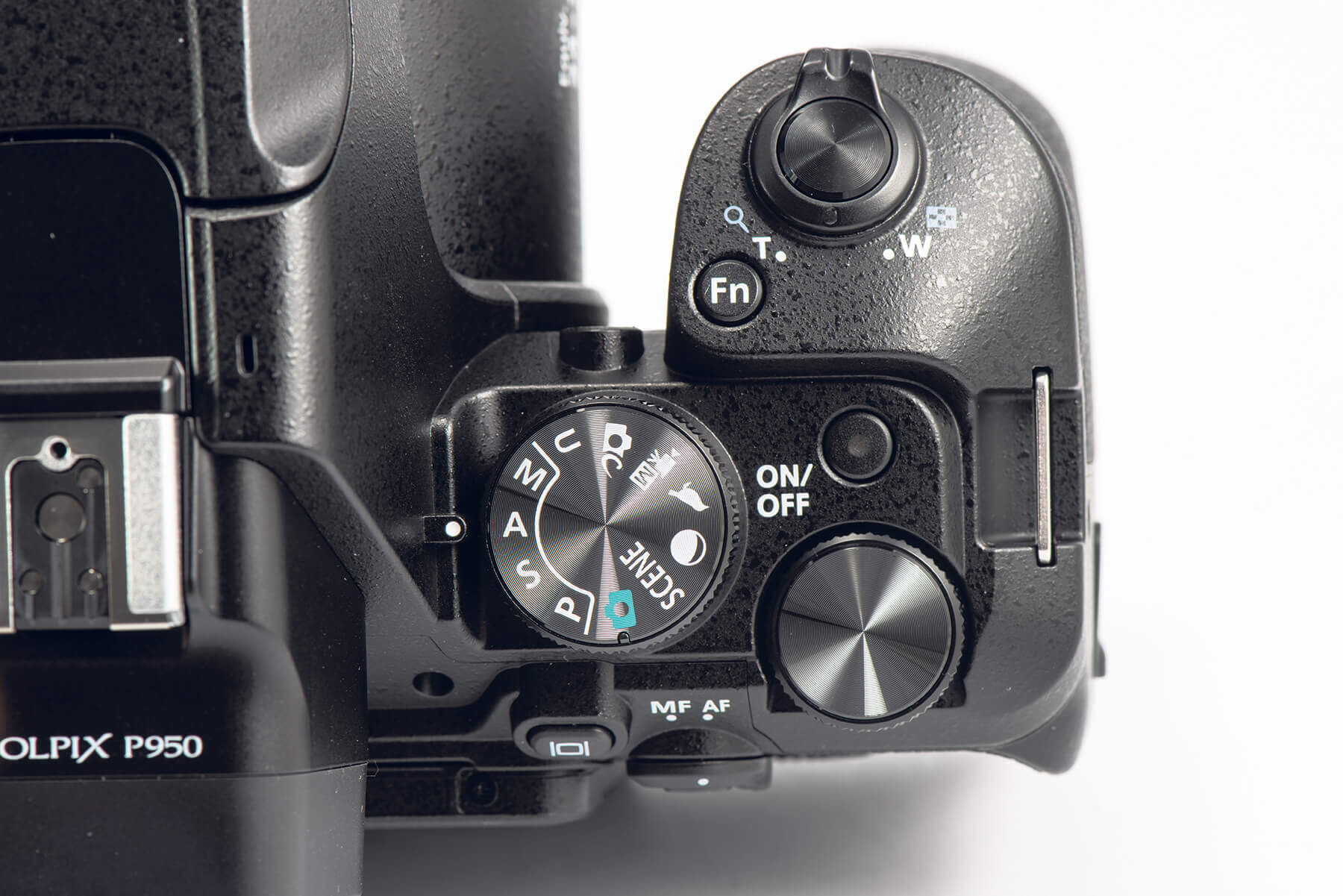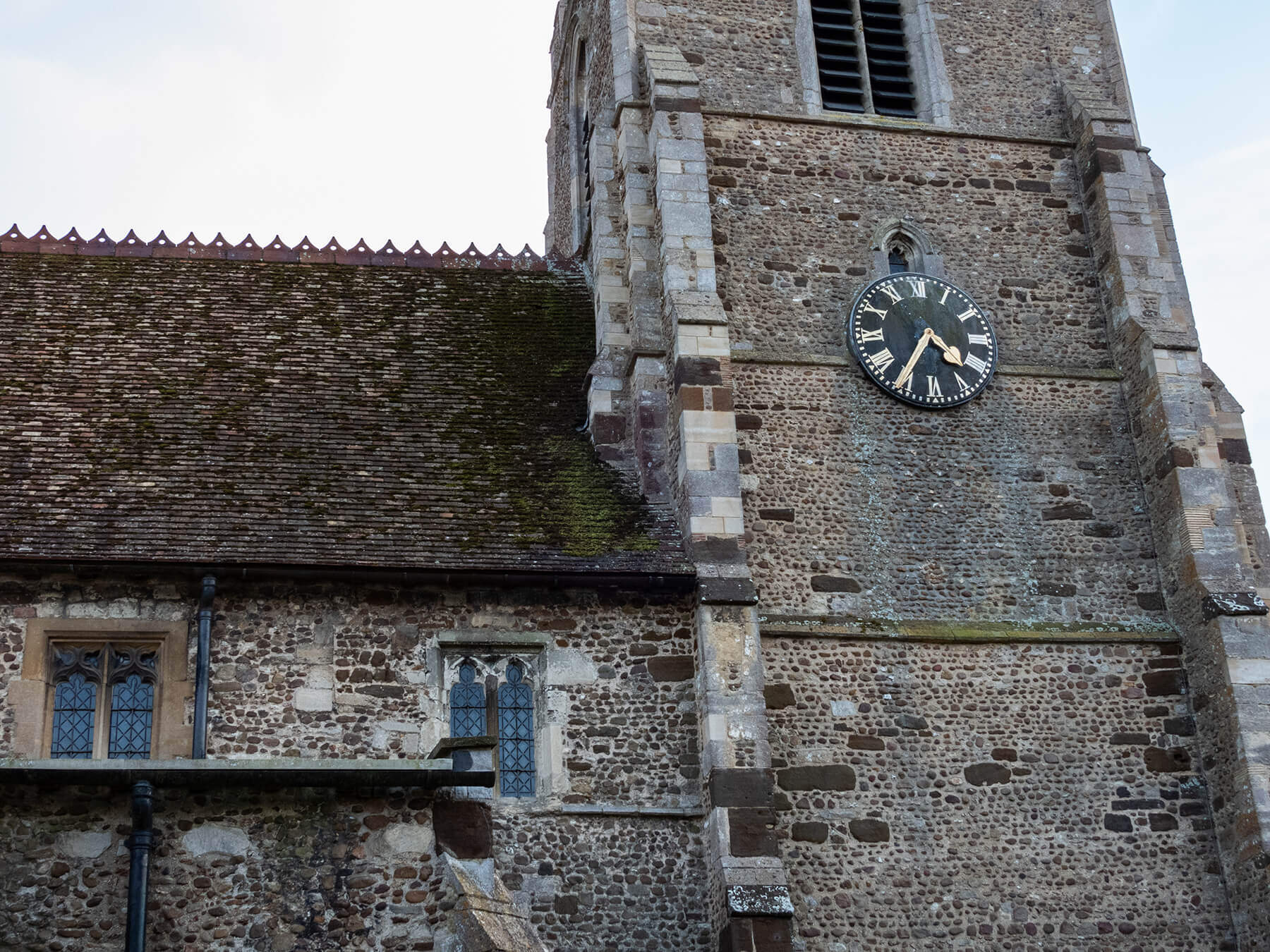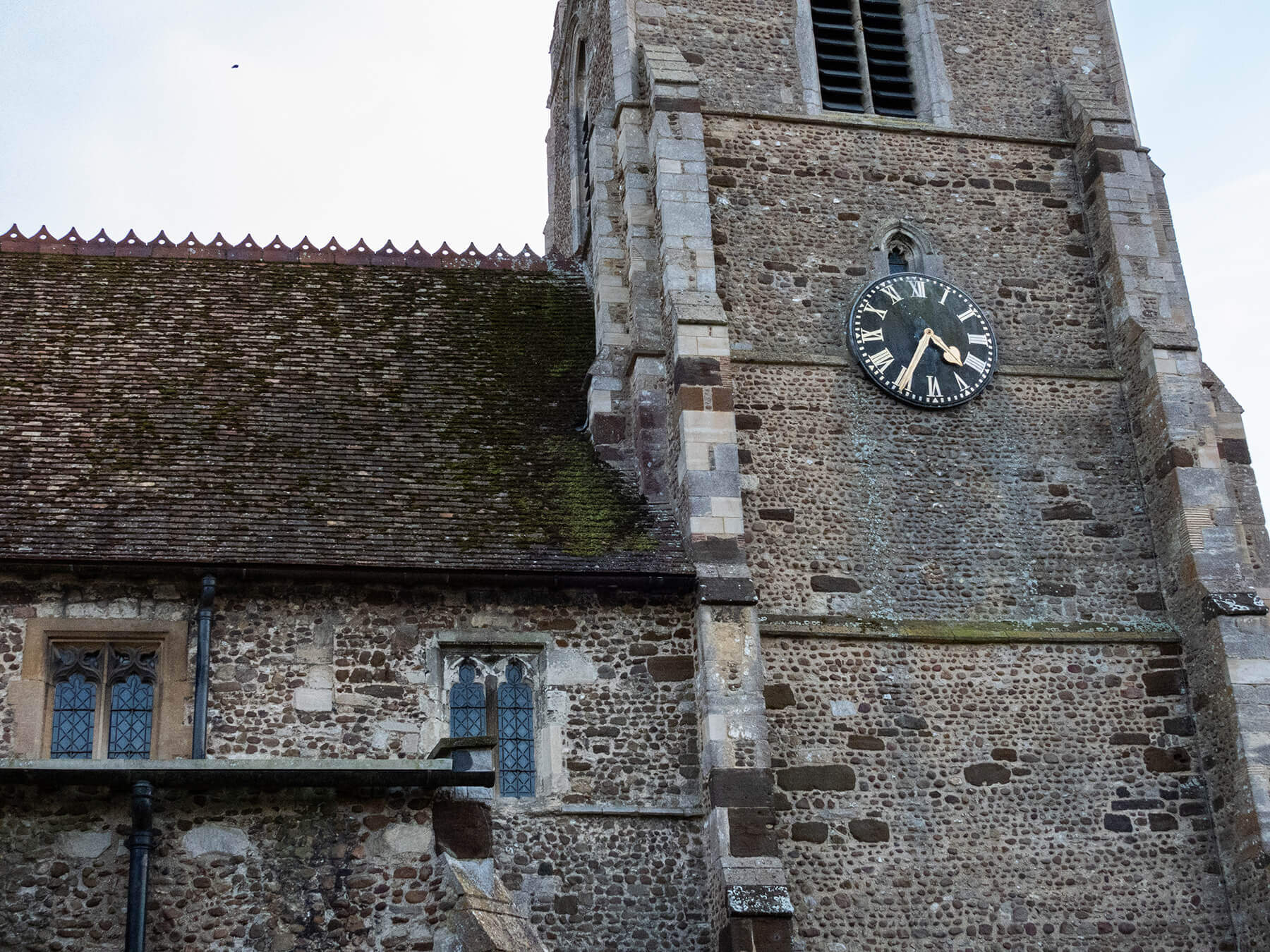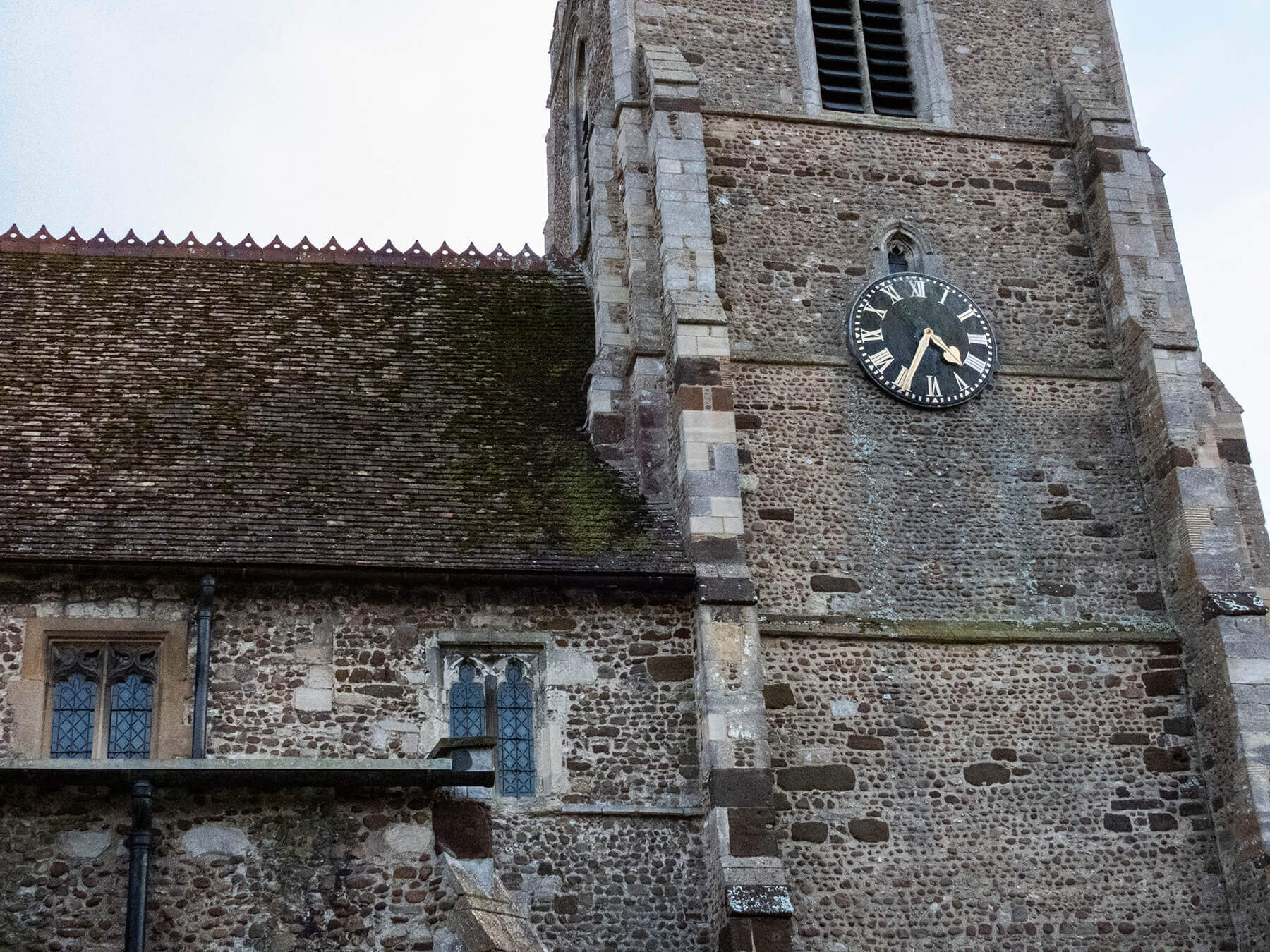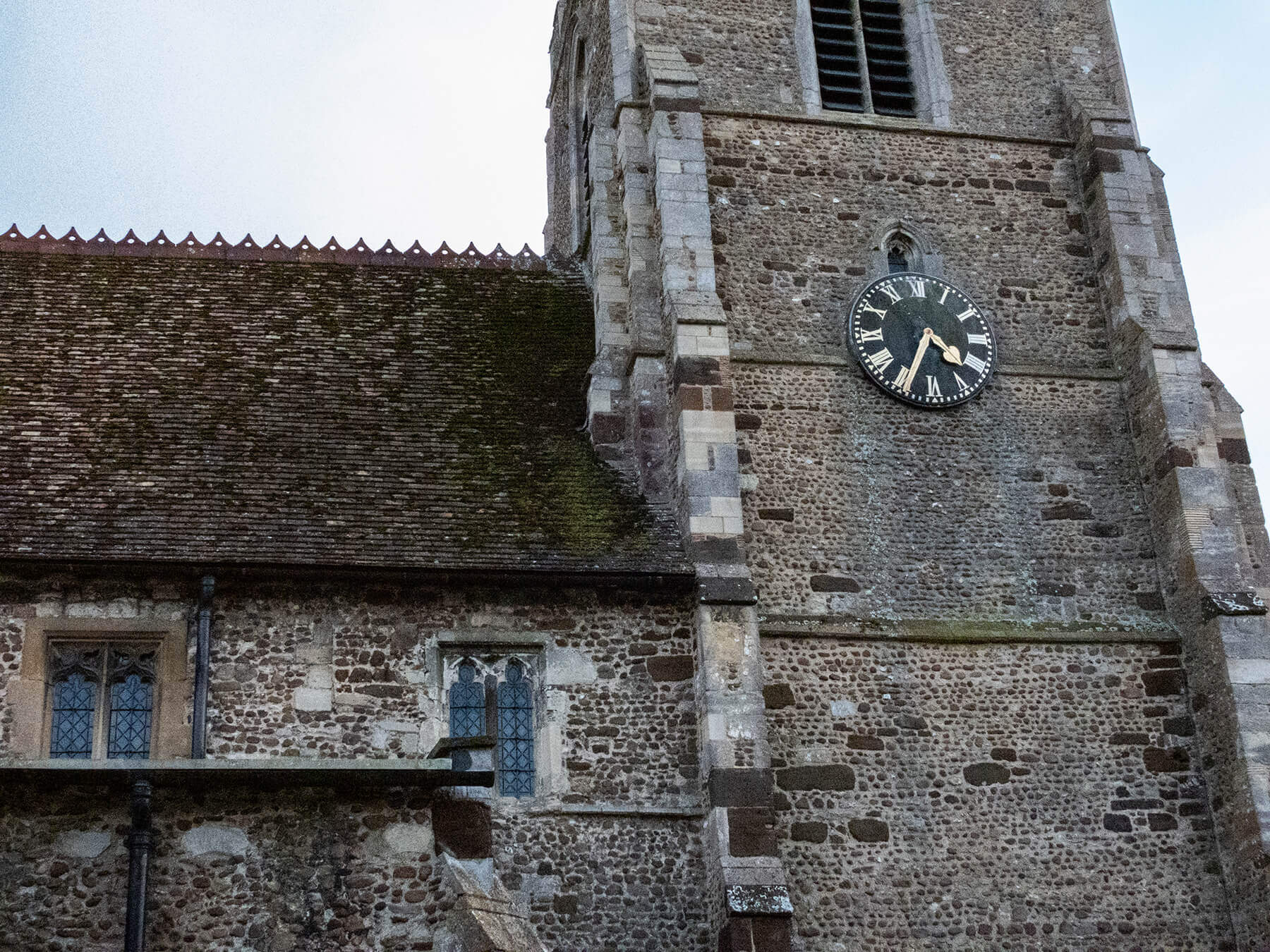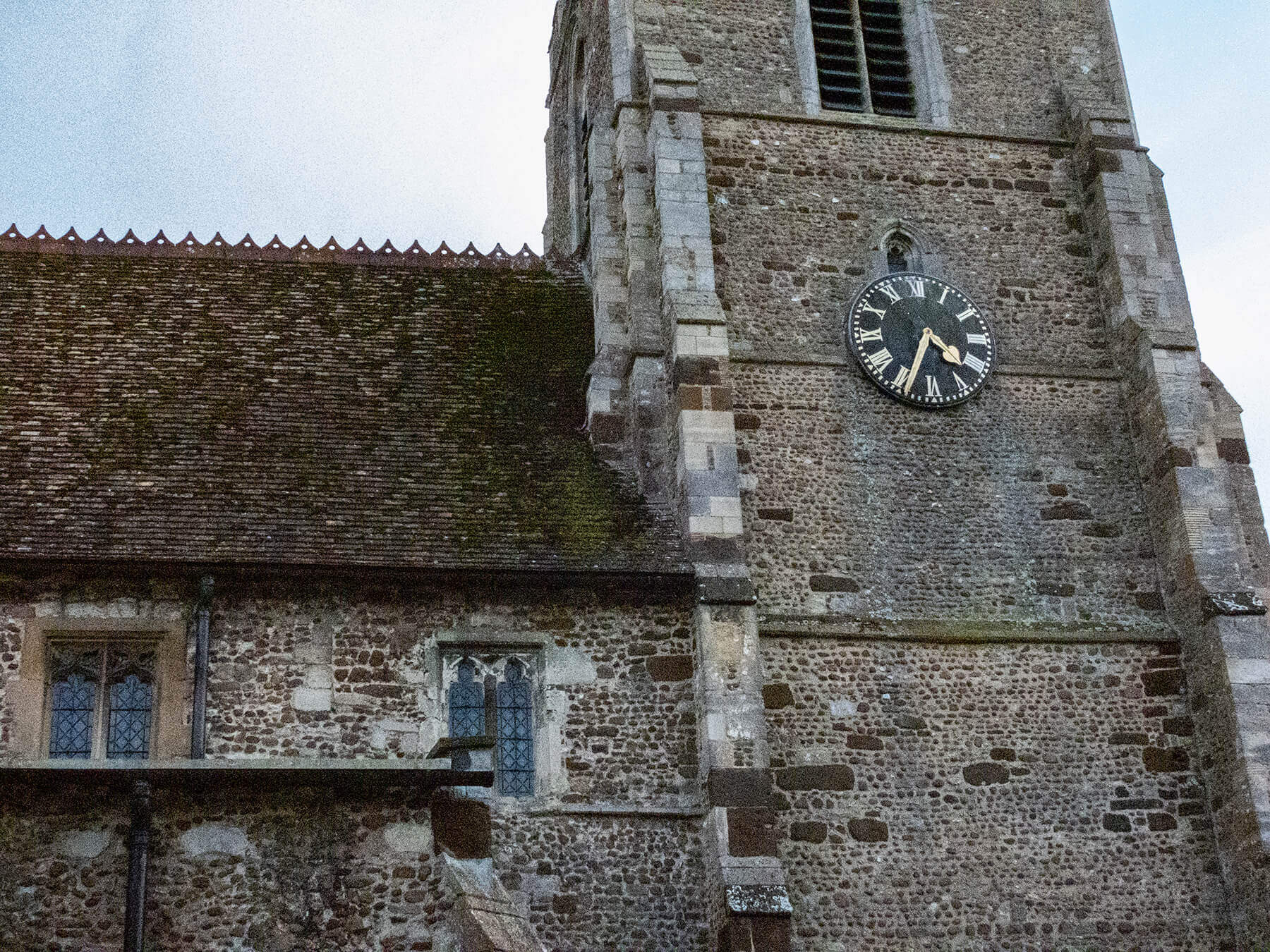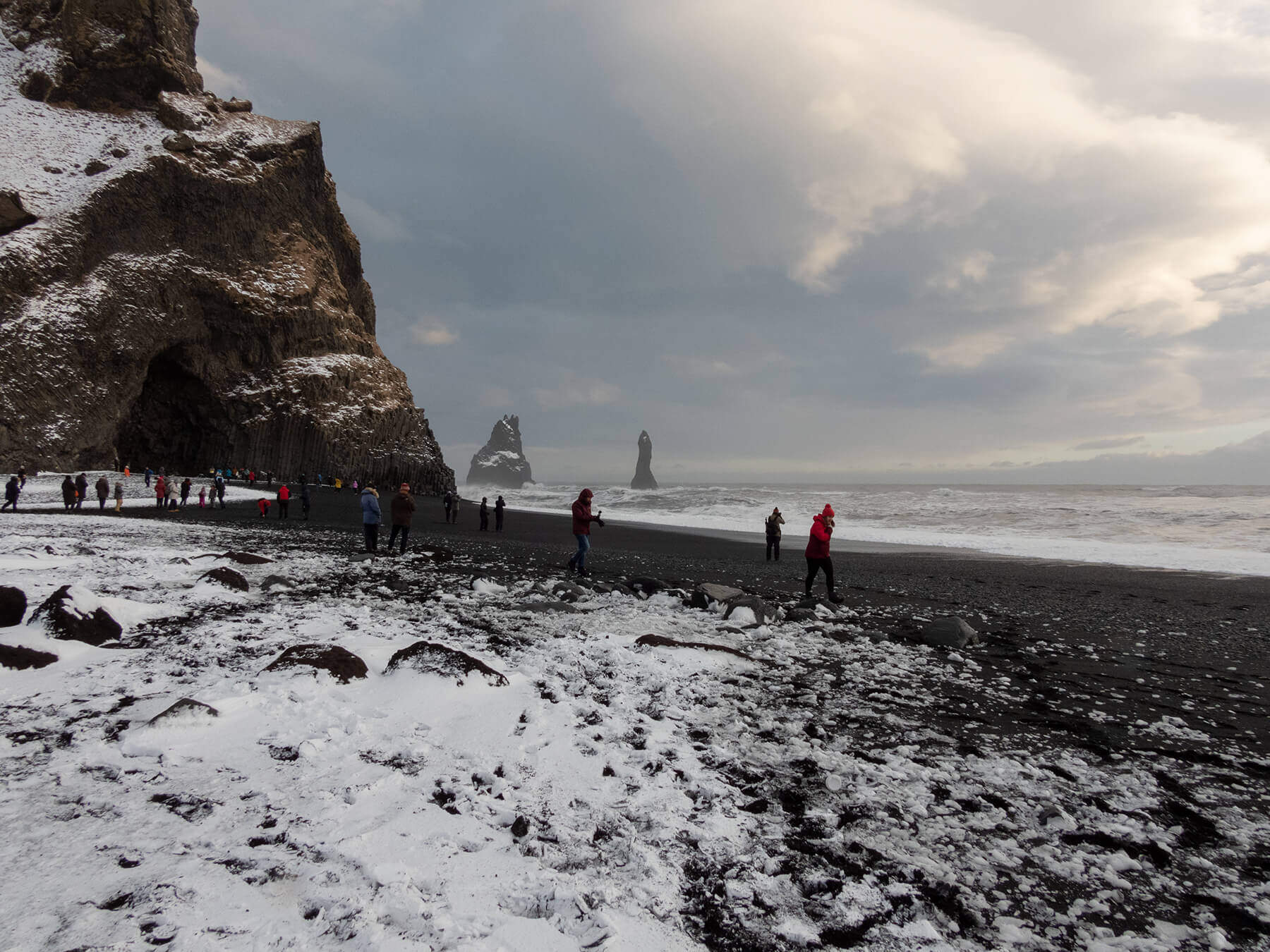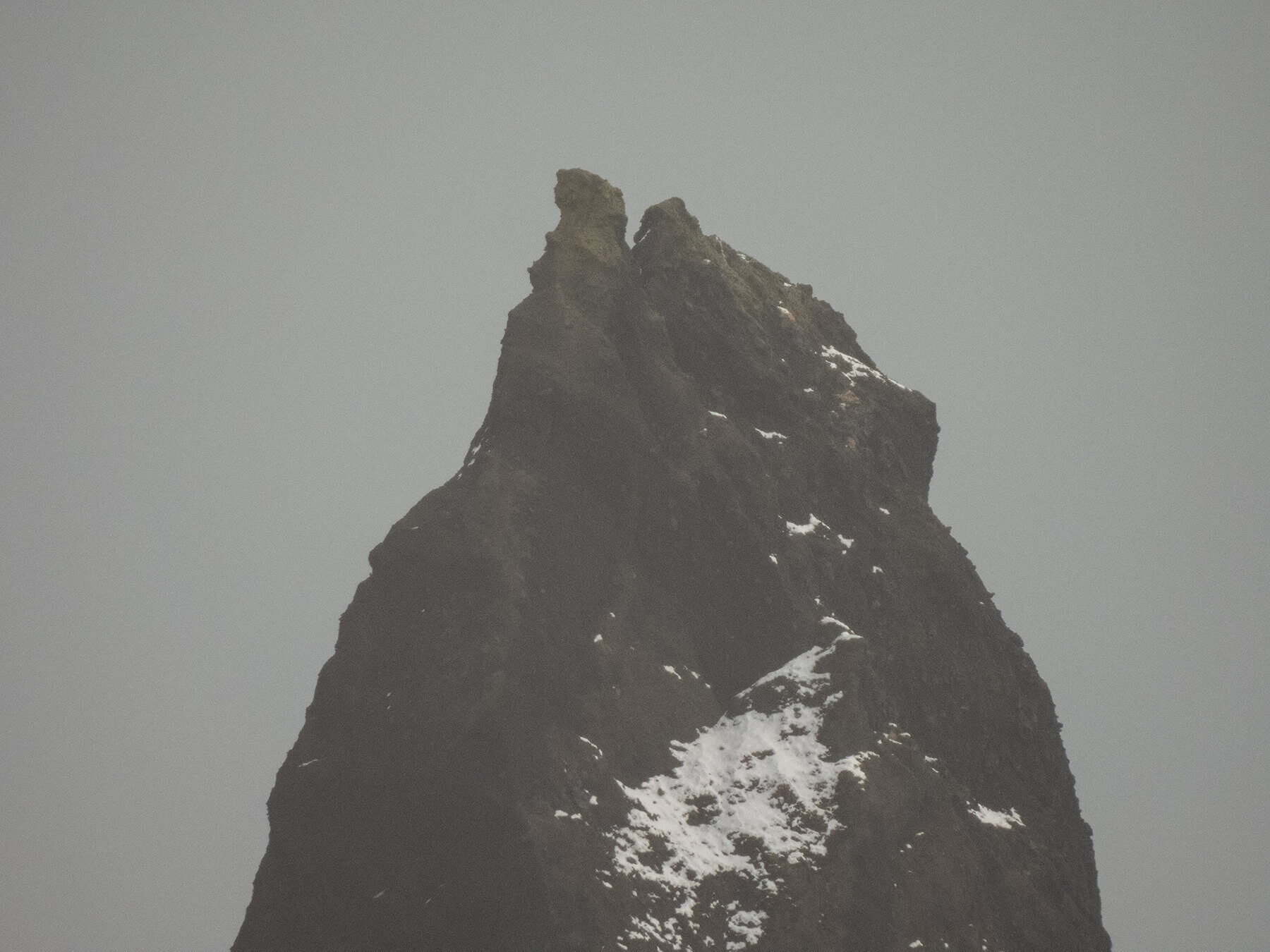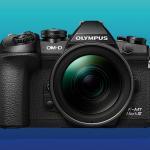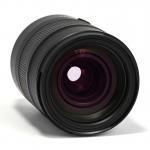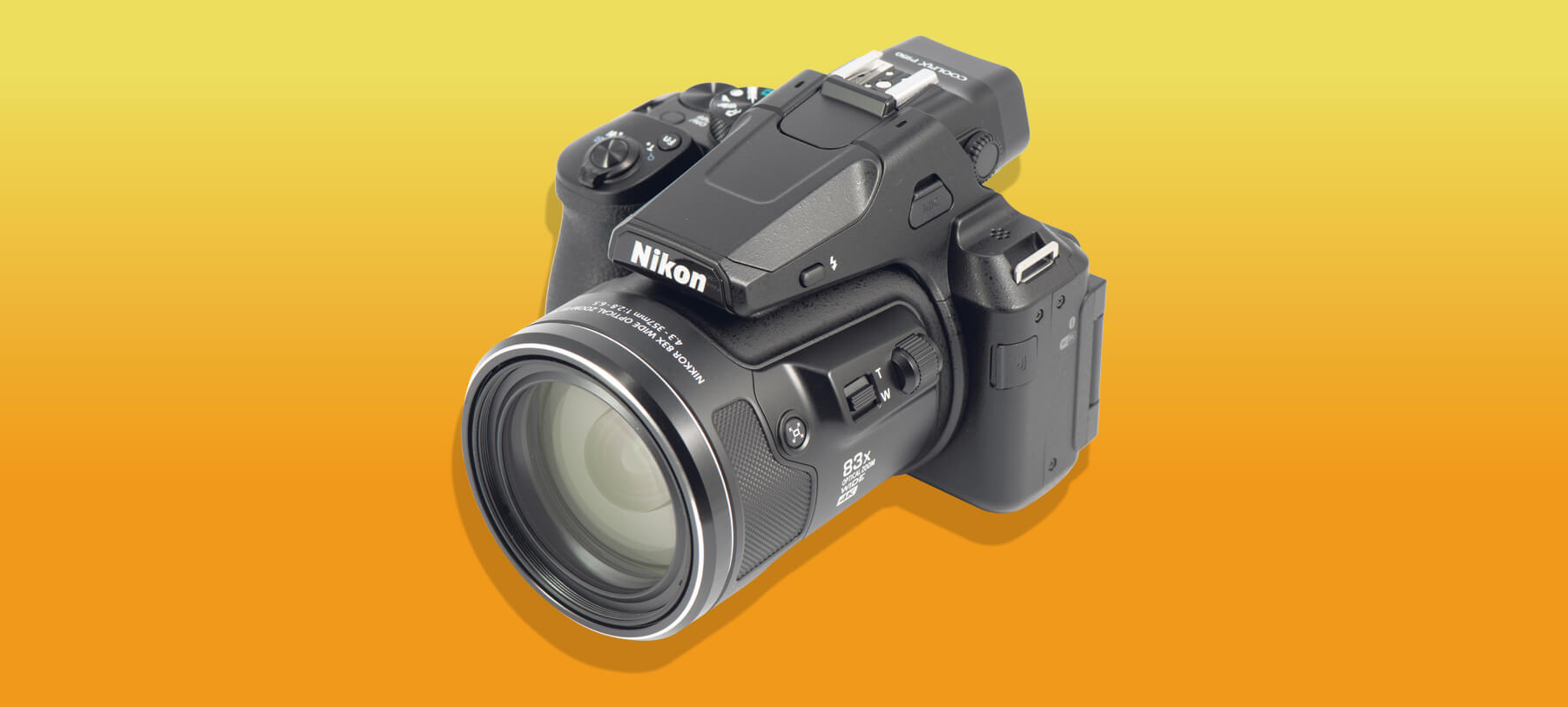
Nikon Coolpix P950 test: bridge the gap
Posted on Mar 12, 2020
A bridge camera gives shooting convenience in a single-body solution. In the case of this Nikon, that includes a truly remarkable optical zoom lens that gives the equivalent of 2000mm in the 35mm format.
Interchangeable lens cameras are wonderful in so many ways, but most models are bulky and not everyone wants to lug a bagful of lenses around – and that’s why we have all-in-one bridge cameras. They have all the features photographers need in one complete package, and often that includes a zoom lens with a massive range. The Nikon Coolpix D950’s built-in lens is an 83x 4.3-357mm f/2.8-6.5, which equates to a 24-2000mm lens in 35mm terms. An equivalent lens for that format would probably be the size and weight of a grandfather clock, and cost a fortune.
The lens is a serious selling point, but there is much more to look at. The P950 sports a 1/2.3in type CMOS sensor with a 16-megapixel resolution giving images of 4608x3456pixels, the ISO range is 100 to 6400, there’s the option of an electronic viewfinder or an articulating monitor and a fully featured exposure system. And all for £799.
While the Coolpix P950 is a bridge camera, it needs putting into context because it’s still a sizeable camera, not far off an APS-C format DSLR, and it dwarfs most Micro Four Thirds cameras. So, if you are harbouring the notion that a bridge camera is a svelte little something to slip into a pocket, then think again.
Click the images to see a larger view
The body is dominated by the motorized zoom lens and there’s plenty of room for the left hand to support the camera. The right handgrip is very much like any Nikon DSLR in terms of design and control layout, and it is the centre of operations. However, unlike Nikon’s DSLRs, the P950’s on/off switch is not on a collar around the shutter release but a small dedicated button behind the shutter release. It could be slightly bigger and perhaps more obvious but once pushed, start-up is very fast and the camera is ready to use in double-quick time.
Turn the camera on and the zoom lens moves out a few millimetres into position; there is also a function that enables you to choose which focal length the lens goes to (up to 135mm) when you turn the camera on. As you zoom towards the telephoto settings the lens physically extends and by the time 2000mm is reached, the lens is about 9cm out from its starting position.
Zoom operation can be done with the collar around the shutter button (which takes about four seconds to cover the whole zoom range) or a rocker switch on the side of the lens (takes about six seconds to zoom through the range). The focal length is displayed in the finder and on the monitor, and precise control with both methods is good.
If you prefer, there’s a zoom memory feature where each flick of the shutter button collar takes you to the next focal length – there are 19 preset focal lengths and you choose which you want active. This works really well and makes accurate focal length selection easy. Or you may set two values and you can quickly go from one to the other. Pushing the snap-back zoom button on the barrel does a similar thing and that has three options – short, medium and long.
Performance: ISO
The Coolpix D950 was tripod-mounted for this low-light shot to assess its ISO skills. In-camera noise reduction was set to its lowest setting and the converted Raws were processed in Lightroom, with no NR applied.
The camera’s smaller sensor means noise starts to be a factor at much lower ISOs than we’d expect to see on Micro Four Thirds and APS-C sensors. Images are more or less free of noise at ISO 100 and 200, and at ISO 400 grain can be seen (although at this speed it is no issue). The grain is more coarse and obvious at ISO 800 and 1600, but images still look acceptable and detail is crisp.
Detail, the depth of blacks and colour saturation all suffer at the two top ISOs of 3200 and 6400.
In its autofocus contrast detect system, there is face detection, subject tracking and target finding settings, plus three manual focus zone options. A small rolling control on the lens side deals with focusing in manual focus mode. In manual, a distance scale is shown in the finder and the strength of highlight peaking can be adjusted, too, although at the strongest setting the image is strangely unreal.
The viewfinder itself provides a bright, detailed and crisp image thanks to the 2.359-million-dot OLED and is very useable; the information on show is very clear with large type. The same comment about usability applies equally to the monitor – which is not touch sensitive – and this is a vari-angle design that can be folded out to one side, to face forward for easy selfie shooting.
The AF system is responsive and accurate, especially at the most-used focal lengths. Zoom out to beyond the equivalent of 600mm and the system is less sure-footed in poor contrast, and that uncertainty increases the longer the lens. Much depends on the lighting and subject, but in decent light I found AF performance to be good throughout the range, even at the longest settings.
The magnifying power of the P950’s 4.3-357mm f/2.8-6.5 lens at the long end is amazing and has to be seen to appreciated. It is the 35mm format equivalent of a 2000mm f/6.5 at full extension and it is worth noting that no such lens has been available for the 35mm format. You can fill the frame with subjects that are a great distance away. I’m not talking about the nearest galaxy, but birds or distant sporting action. But there are technique challenges with using such a long lens. It is very difficult, for example, to have the lens set at 2000mm and locate a tiny, distant subject, so you need to start with a wider view and zoom in. Or use the zoom’s snap-back feature.
Click the images to see a larger view
Hand-holding isn’t easy either, and while sharp shots can be had at 1/250sec, camera shake is a real risk – even a gentle breeze can make precise framing and steady shooting tricky. The built-in Dual Detect Optical vibration reduction system helps with shake, and this has four options (five if you include off) two normal options and two active. The VR is essential with the long lens, but it does re-frame the composition slightly when it kicks in, which is a minor irritant if you’re shooting tightly composed images.
It is worth noting that the lens’s smallest aperture is f/8, which means at 2000mm there are just three values: f/6.5, f/7.1 and f/8. At 1000mm, you gain an extra value of f/5.6.
Of course, most of time you’re not going to be using such extreme telephoto settings and more likely to be in the more comfortable 24mm to 300mm area for general shooting. Here, the Coolpix P950 is a solid proposition and having that extra pulling power, should you need it, is awesome.
I shot with the camera in aperture-priority AE mode most of the time and it consistently delivered good quality results. The roller side control – the same one used for manual focusing – brings in exposure compensation and a very large scale, and a live histogram in the EVF/monitor. This side dial can be set to five other functions in addition to compensation.
Image quality is very good, but the Coolpix P950’s sensor is the size you’d find in a compact camera and smaller than a Micro Four Thirds model, so while images are clean, crisp and can be used a decent size at ISO 200, start climbing the ISO scale and ultimate image quality falls away. You need to manage expectations if you like low-light shooting at high ISO speeds, or if want to use the lens to its full potential, where you’ll very likely need high ISOs for sharp shots.
Lens quality is good, too. I wouldn’t have been surprised if sharpness was less impressive at the longer focal lengths, and while it is true that shorter settings gave the best results, I was pleasantly surprised by the contrast and detail in images shot at longer settings, even 2000mm. Of course, with long focal lengths atmospheric conditions will impact on picture quality, and there’s the issue of camera shake and high ISOs, too, but overall I thought the P950 delivered fine results.
Verdict
While the Nikon Coolpix D950 is still a significant camera to carry around, it has a great deal of potential – if you are a camera system owner and thinking of lessening your burden without sacrificing your opportunities, or a casual shooter looking to expand your creative horizons, the P950 deserves a serious look.
For the feature set on offer and the decent image quality it delivers, it is good value for money, too – that incredible lens is amazing, and used with care you can get pictures that simply wouldn’t be possible with other cameras.
Pros: Well featured, vari-angle monitor, good battery life, lens range.
Cons: Challenging to use at the longer focal lengths, image quality beyond ISO 400.
For more information, please visit the Nikon website.


